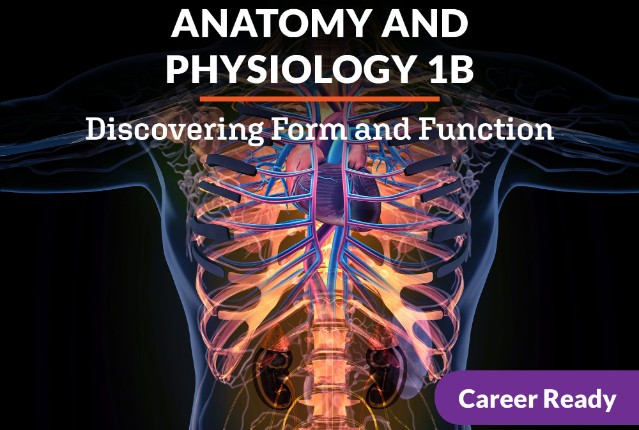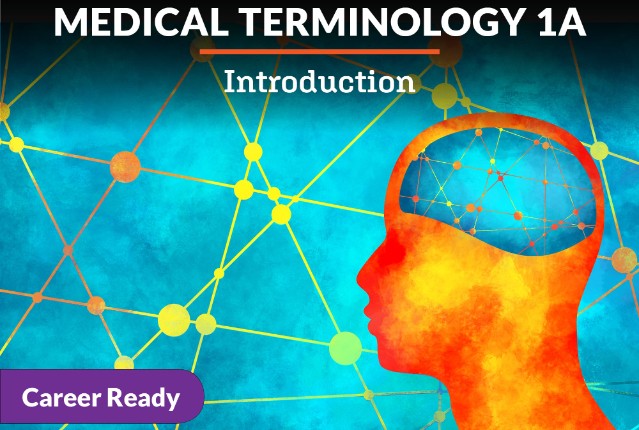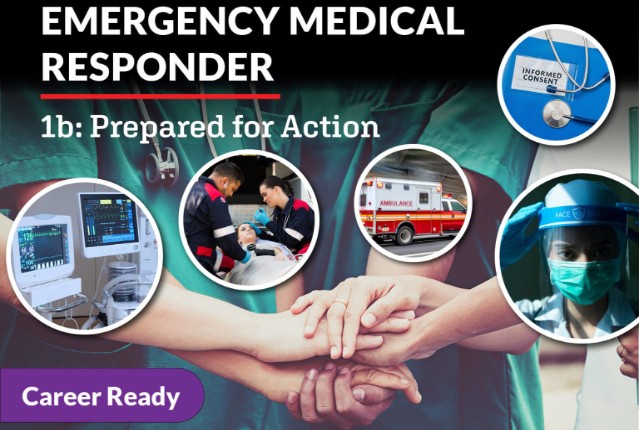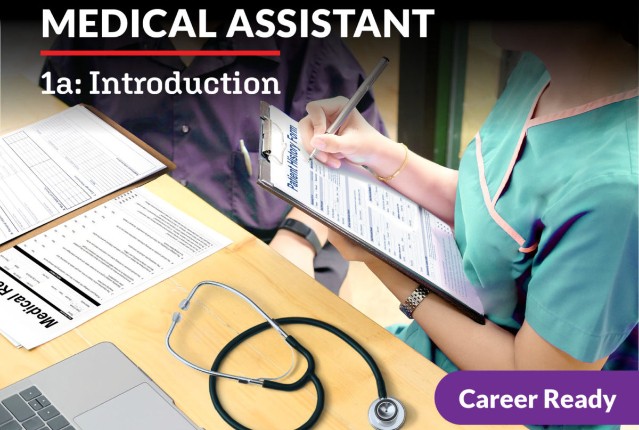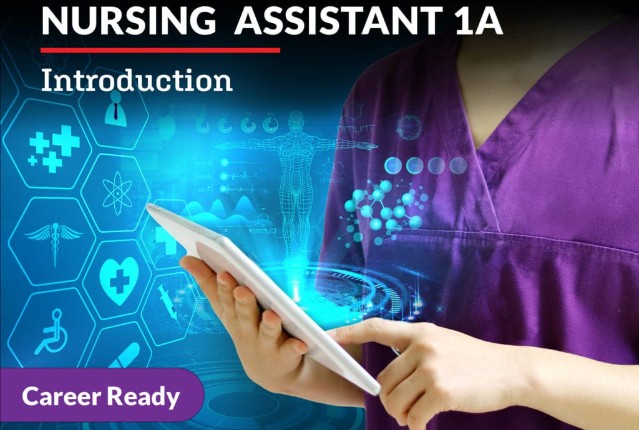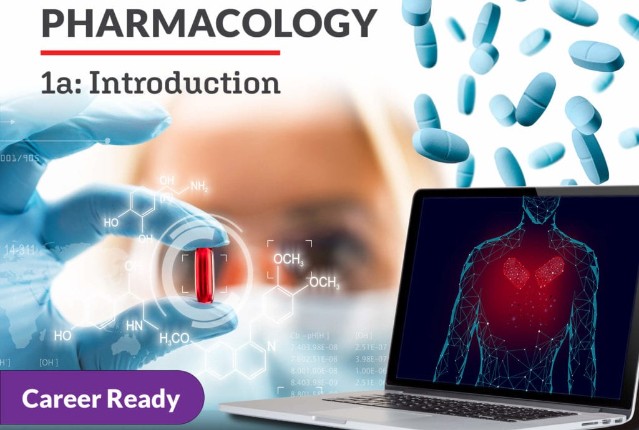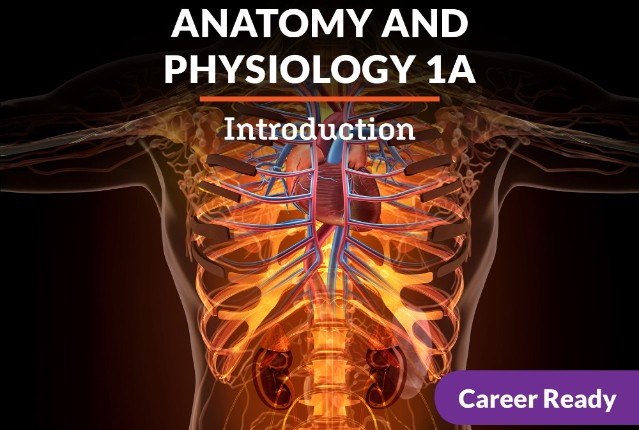
Anatomy and Physiology 1a: Introduction
Thinking about a career in health, but not sure where to start? You’re in the right place! Anatomy and physiology is the study of the body structures and how they function. From the tiniest molecule to the largest organ, a fascinating journey occurs. In this course, you will explore the organization of the human body, including the integumentary, skeletal, muscular, nervous, and endocrine systems and their common conditions. You will also learn to speak the language of medicine and how to apply laboratory skills. And along the way, you’ll discover the many exciting career paths available to you – anatomy and physiology is the perfect place to get started!
Review course outlineAccess for a year
USD 299.00*
* Choose more courses to get a discount
